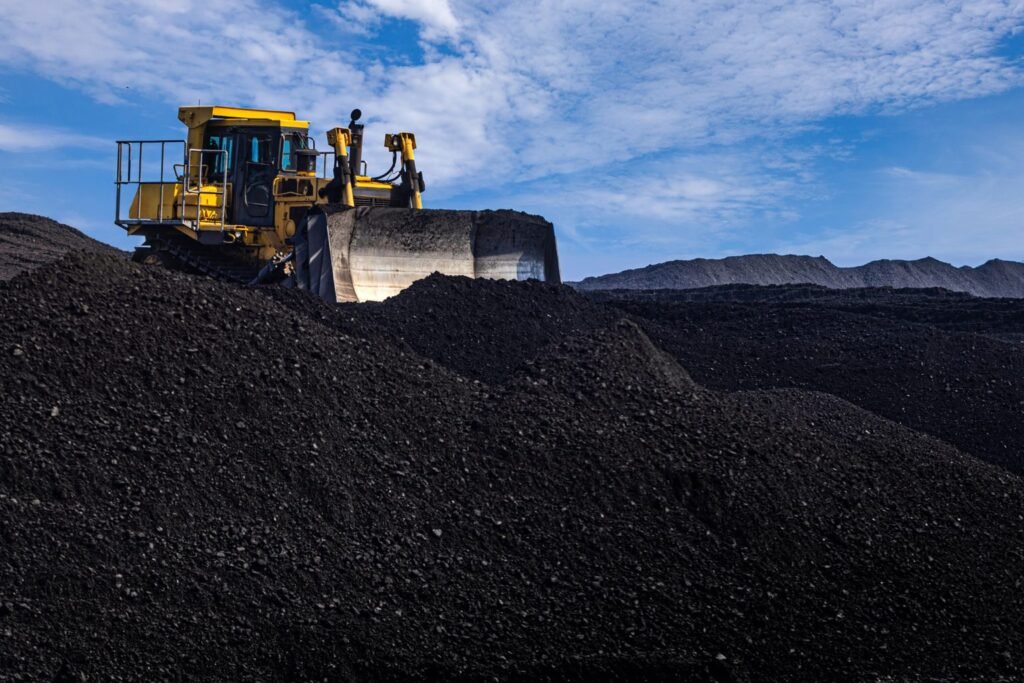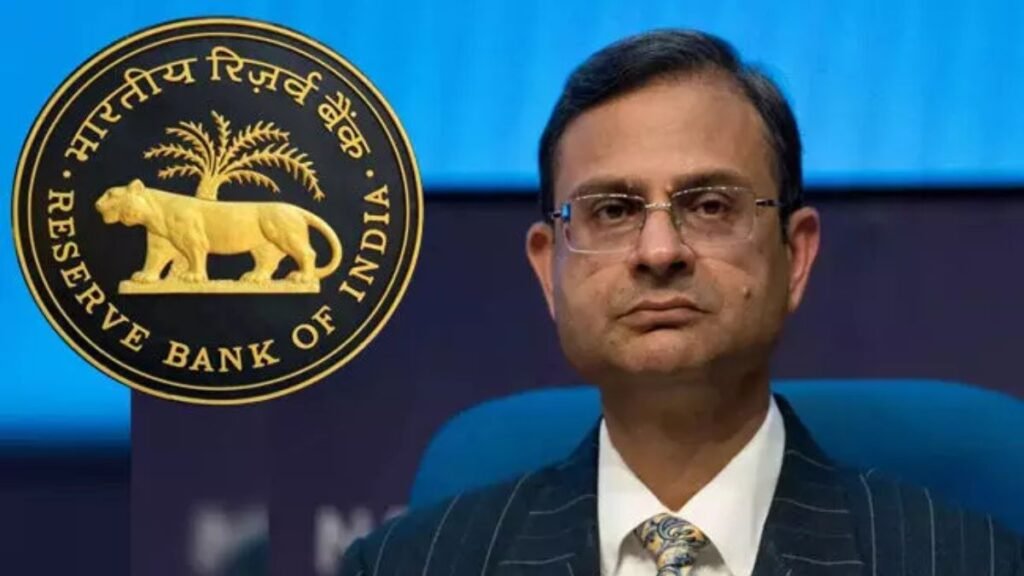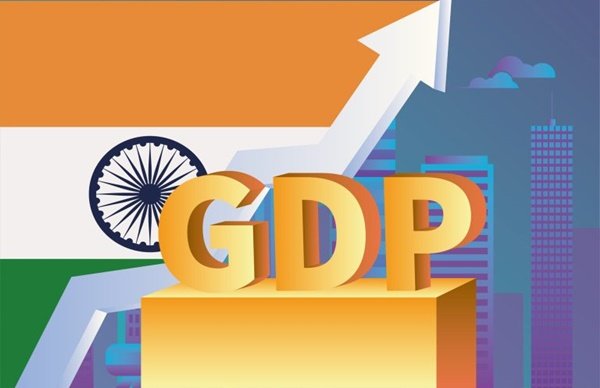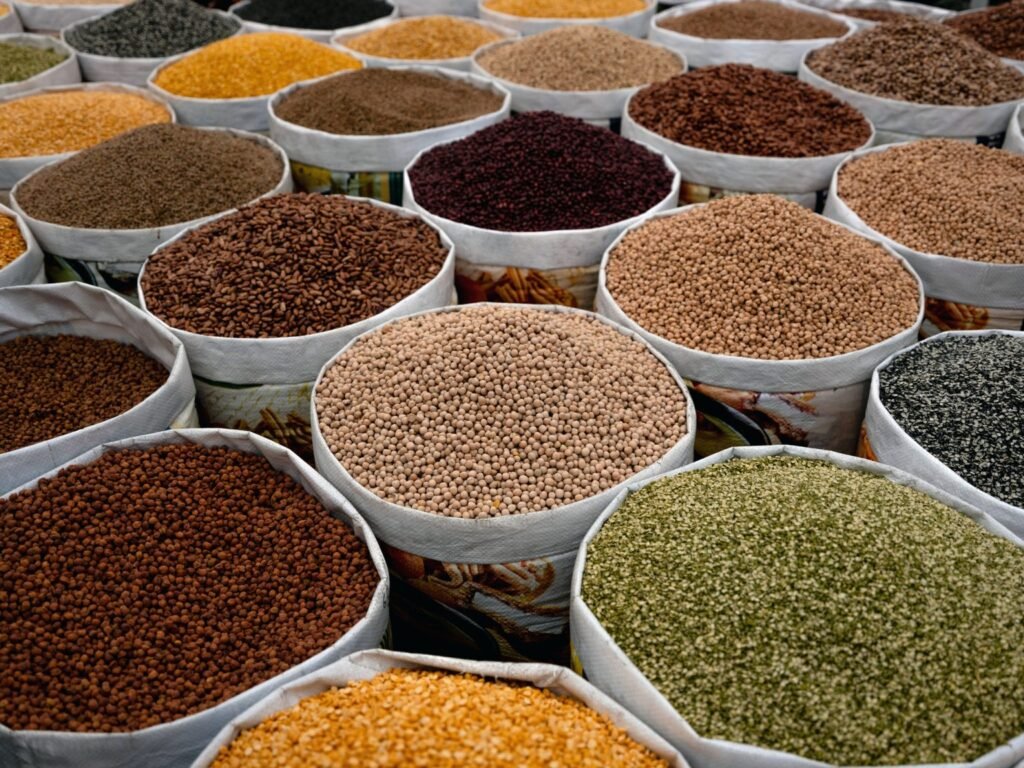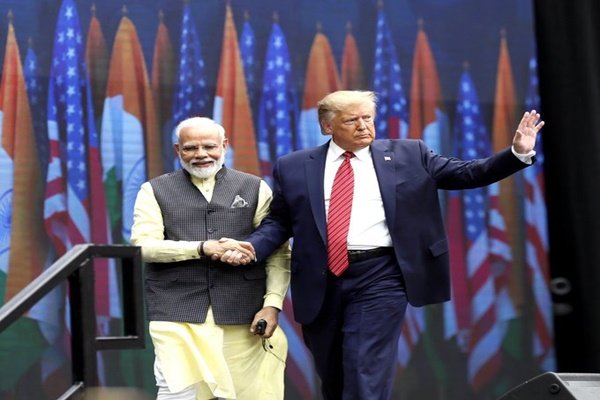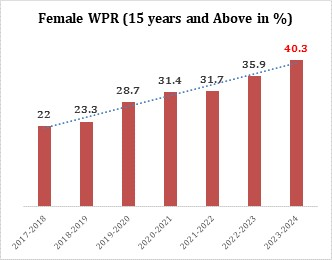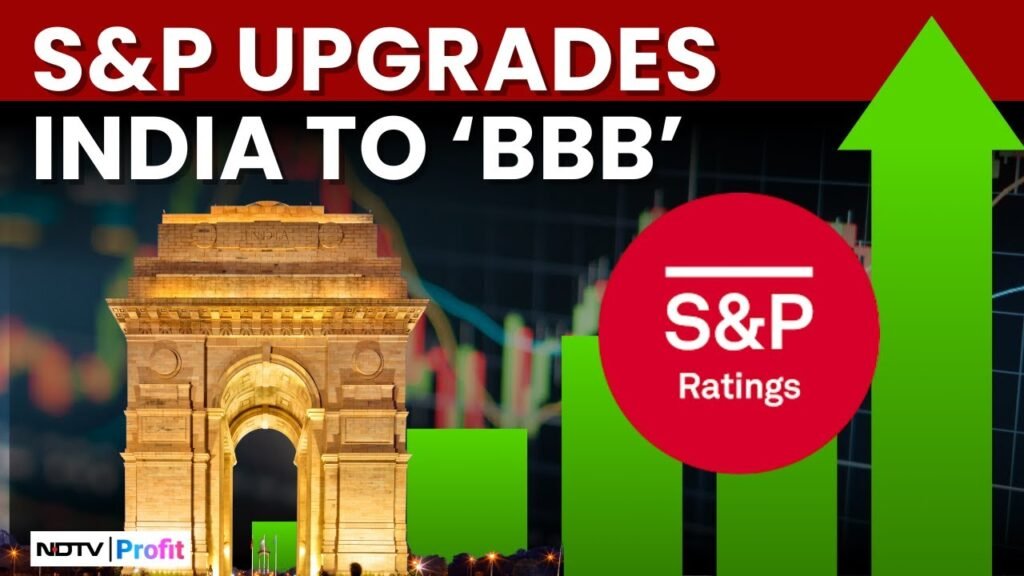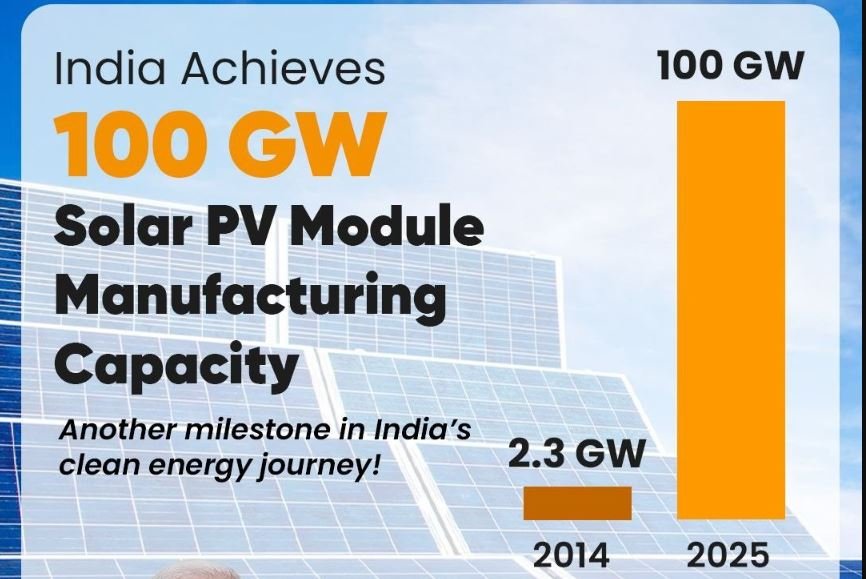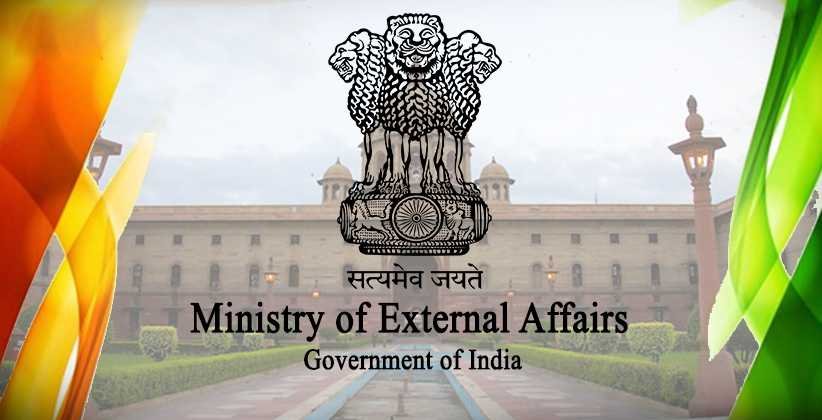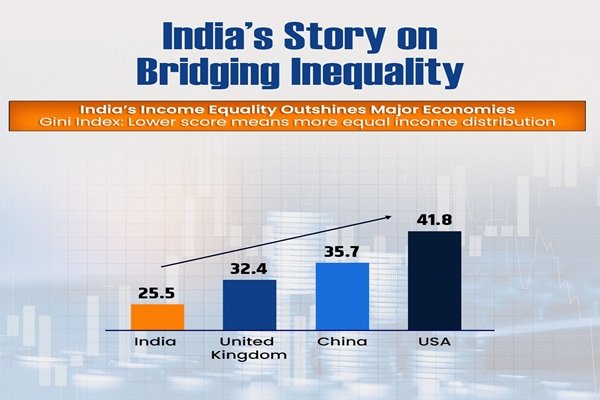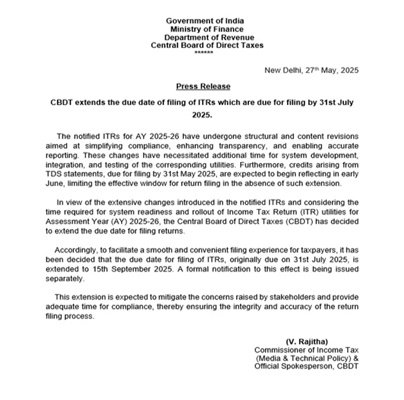Government Approves CoalSETU Policy for Transparent Coal Linkage Auctions
On 12 December 2025, the Government of India approved the CoalSETU policy to ensure seamless, efficient, and transparent utilisation of coal resources. The decision was taken by the Cabinet Committee on Economic Affairs (CCEA) chaired by Prime Minister Narendra Modi.
Under this policy, a new auction window called ‘CoalSETU’ has been introduced within the Non-Regulated Sector (NRS) Coal Linkage Auction Policy, 2016. The policy enables long-term auction of coal linkages for any industrial use and exports, ensuring fair access to coal.
Any domestic buyer can participate in the auction irrespective of end use. Coal linkages obtained under CoalSETU can be used for own consumption, exports, or other purposes such as coal washing, but resale within the country is not permitted.
Additionally, linkage holders are allowed to export up to 50% of the allocated coal and can flexibly utilise coal among group companies, improving operational efficiency and optimal resource utilisation.
